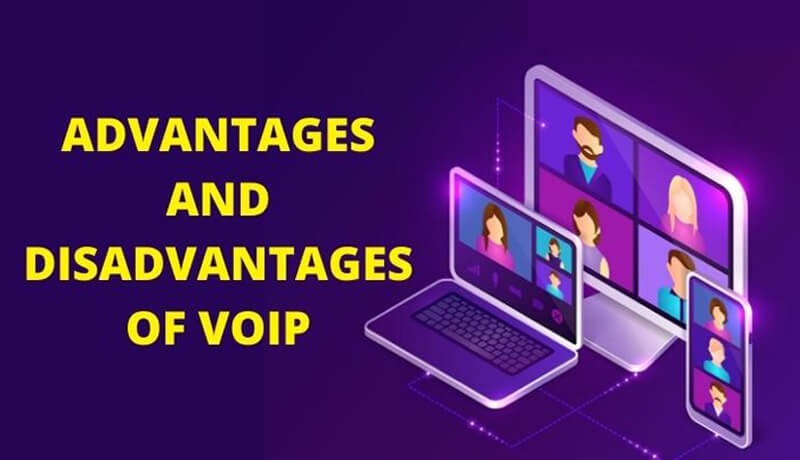
Voice over Internet Protocol (VoIP) has transformed the realm of communication, unshackling conversations from the constraints of traditional telephony. As VoIP continues to gain popularity among businesses and individuals alike, it becomes crucial to examine its merits and potential drawbacks. Let’s delve into the world of VoIP to understand its advantages and disadvantages.
Advantages of VoIP
1. Cost-Effectiveness:
Reduced Costs: VoIP significantly cuts down costs associated with traditional phone lines, offering cheaper local and international calls.
Unified Communication Services: VoIP enables users to integrate voice, video, and data services into a single channel, reducing overall communication expenses.
2. Accessibility and Mobility:
- Anywhere Connectivity: VoIP allows users to make and receive calls from any location with an internet connection, ensuring constant connectivity.
- Device Agnostic: Users can access VoIP services through computers, smartphones, or even traditional phones with adapters.
3. Scalability and Flexibility:
- Easy Expansion: Businesses can easily scale up or down by adding or removing lines without the hassle of traditional wiring.
- Feature Integration: VoIP services often come with features like call forwarding, voicemail, conferencing, and automatic redial.
4. Enhanced Features and Integration:
- Rich Media Services: Beyond voice calls, VoIP enables video conferencing, file sharing, and multimedia sessions.
- CRM Integration: VoIP can be integrated with customer relationship management (CRM) systems, improving business workflows.
5. Business Continuity:
- Disaster Recovery: VoIP allows quick rerouting of calls to other devices and locations, ensuring business continuity during unforeseen circumstances.
Disadvantages of VoIP
1. Dependence on Internet Connectivity:
- Reliability Concerns: VoIP services are reliant on internet connectivity. Network downtimes can disrupt communication services.
- Bandwidth Dependency: VoIP requires substantial bandwidth for high-quality calls. Limited bandwidth can lead to poor call quality.
2. Quality and Latency Issues:
- Voice Quality: While VoIP quality has improved over time, some users may still experience echo, delay, or jitter.
- Latency: There can be delays in voice transmission due to packet loss or network congestion.
3. Power Outages and Limitations:
- Dependency on Power: Unlike traditional phones that can operate during power outages, VoIP services may be rendered unavailable.
- Emergency Services: Locating a VoIP user in case of an emergency can be challenging, potentially causing delays in response times.
4. Security Concerns:
- Vulnerabilities: VoIP can be susceptible to hacking, eavesdropping, phishing, and other malicious activities.
- Data Privacy: Ensuring end-to-end encryption and secure data handling may require additional efforts and tools.
5. Initial Setup Costs:
- Infrastructure Investments: Although VoIP is cost-effective in the long run, initial setup may require investment in compatible hardware and network upgrades.
Conclusion: Striking a Balance in the Digital Conversation
VoIP stands as a testament to the evolution of communication, merging cost-efficiency, versatility, and feature richness. However, potential users must weigh the advantages against the disadvantages, such as reliability concerns and security vulnerabilities. By addressing these challenges and embracing VoIP’s potential, businesses and individuals can ride the digital wave towards seamless and impactful conversations.







